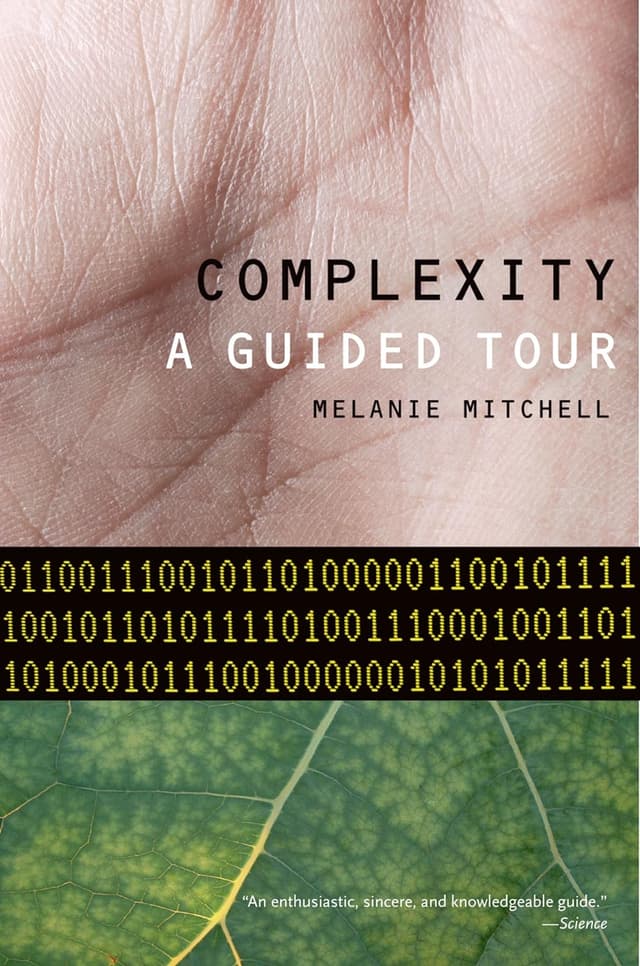Noah Brier | October 3, 2023
The Bee Edition
On urban beekeeping, colony collapse disorder, and complexity theory
Recommended Products

A book introducing complexity theory in the context of the sciences, history, and society.
Noah here. At this point, the basics of colony collapse disorder are pretty well documented. Here’s a quick recap from the New York Times:
A malady originally dubbed disappearing disease had been afflicting honey bees for decades. In the fall of 2006, an American beekeeper named Dave Hackenberg checked on his 400 hives and found that in many, most of the worker bees had disappeared. Other beekeepers started to report that they were losing upward of 90 percent of their colonies. The phenomenon was renamed colony collapse disorder. The cause remains unclear, but experts tend to blame pesticides, an invasive parasite, a reduction in forageable habitat and climate change.
Since then, “save the bees” has been spread far and wide, and hives have popped up around cities and towns to help ensure we don’t lose these essential pollinators.
Why is this interesting?
Some evidence seems to be emerging that we may have taken things too far, particularly in cities. This is from an April Opinion piece in the Washington Post:
One study last year of beekeeping in Switzerland also found the number of urban hives has become “unsustainable”; the country lacks sufficient flowering plants to support them. A newer study of beekeeping in and around Montreal found that hives in the French Canadian city increased from 238 in 2013 to almost 3,000 in 2020. As each hive can contain up to 80,000 insects, that’s a lot of bees to plunk down into an ecosystem.
While everyone doesn’t agree, and there seems to be a big difference between urban and rural beekeeping, these kinds of knock-on effects are always fascinating. As a New York Times piece from August on the topic explained:
“If you overcrowd any space with honey bees, there is a competition for natural resources, and since bees have the largest numbers, they push out other pollinators, which actually harms biodiversity,” he said, after a recent visit to the B&B bees. “I would say that the best thing you could do for honey bees right now is not take up beekeeping.”
Just as we don’t quite understand what kicked off the original colony collapse disorder that triggered the explosion in beekeeping, it’s impossible to know how ecosystems will react to large-scale changes like this. In the end, this is why I keep coming back to complexity theory.1 Although it doesn’t have answers, remembering that all these things are connected and the complete cascade of consequences is unknowable is important and humbling.
—
Thanks for reading,
Noah (NRB) & Colin (CJN)
—
Why is this interesting? is a daily email from Noah Brier & Colin Nagy (and friends!) about interesting things. If you’ve enjoyed this edition, please consider forwarding it to a friend. If you’re reading it for the first time, consider subscribing.
Complexity: A Guided Tour by Melanie Mitchell is my favorite book on the subject. It’s a wonderful introduction, placing complexity theory in the context of the sciences, history, and society.